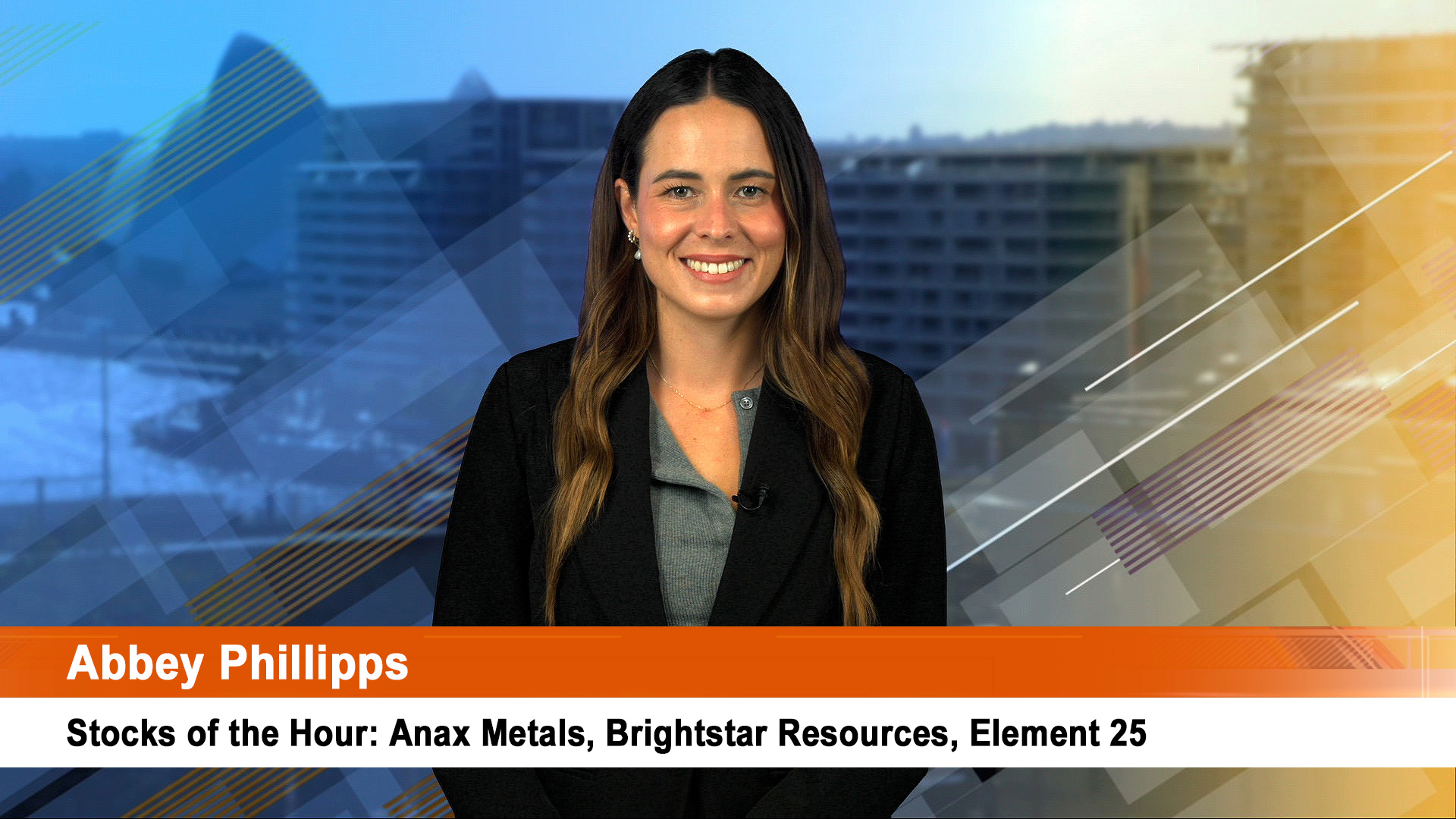Hard on the heels of China reporting its weakest economic growth in 24 years, the International Monetary Fund has forecast a further slide in GDP this year and in 2016 for Australia’s biggest trading partner.
The Chinese economy grew by 7.4% last year, the government announced yesterday. That was the slowest annual growth rate since 1990, when the country faced international isolation over the 1989 Tiananmen Square massacre.
The news helped stop a sell off on the Australian market, but did nothing to help confidence in commodity markets with falls recorded by oil, gas and copper.
Economists had been forecasting 7.2% to 7.4% growth for the year, so the outcome was a touch higher than many foreign estimates.
Some saw that as ‘bullish’, other analysts were cynical and pointed to the fact it was a clear slowdown from the 7.7% annual rate in 2012 and 2013.
The reported rate fell short of the Communist Party’s official target for the year of “around” 7.5% which will be cut to “around" 7% for this year in March.
GDP also expanded 7.3% year-on-year in the fourth quarter of last year – holding steady from the previous quarter, which was also seen as a bullish point.
Chinese GDP growth continues to slow
.png)
Within three hours of the Chinese data release, the IMF cut its 2015 forecast for Chinese economic growth from 7.1% to 6.8%, and downgraded its forecast for 2016 from 6.8% to 6.3%
The cut was one of the largest for a major economy (excluding basket cases such as Russia), and is a major part of the IMF’s cut to its global estimate for 2015 growth to 3.5% from 3.8%.
The World Bank last week chopped its 2015 forecast rate to a gloomy 3%. The IMF sees the global growth rate next year 0.3% lower as well at 3.7%.
The Fund said it didn’t really see the slide in global prices for oil and its myriad products being enough to offset sluggish activity in the eurozone and the slowdown in China.
The Fund is forecasting US economic growth of 3.6% (up 0.5%, with lower petrol and commodity prices playing a big part) during 2015, Euro area growth is pegged at 1.2% and Japanese growth oat an underwhelming 0.6%.
The big imponderable for China next year is the expected continuation of the slowdown in real estate, especially housing.
That will put further pressure on global commodity prices including iron ore, coal and copper which have already fallen under the weight of growing over-supply.
That weakness in property helped slow industrial output in China to 8.3% from 2013’s 9.7% rate.
Output rose at a 7.9% rate in December from a year earlier, accelerating from 7.2% in November.
Industrial production also increased 0.75% in December from November when it rose half a per cent from the preceding month, which analysts saw as another small positive.
Fixed-asset investment in non-rural areas of China rose 15.7% for the full year of 2014, noticeably slower than the 19.6% rate in 2013.
It was also largely in line with the 15.8% increase recorded in the January-November period.
Retail sales in China grew 11.9% in December 2013, accelerating slightly from an 11.7% increase in November.
Retail sales rose 12% in 2014 compared with a rise of 13.1% in 2013, with the fall down to low inflation and not much in the way of food price cost pressures, as there were in 2013 and 2012.
And despite the reported rise in house sales in December, China’s housing sales for the full year 2014 slid 7.8%.
Housing sales totalled 6.24 trillion yuan ($US100.4 billion) for the whole of 2014, according to the National Bureau of Statistics. Sales were 5.30 trillion yuan in the first 11 months, down 9.7% from a year earlier.
In December, housing sales totalled 938.4 billion yuan, up 4.2% from a year earlier, compared with the 12% decline recorded in November. Month-on-month, sales in December were up 48.1% from November and were boosted by the impact of the interest rate cut in late November and measures by local governments in many cities to stimulate sales.
The sliding housing market also hit builders’ demand for land and other real-estate-related investments. Property investment in 2014 rose 10.5% to 9.50 trillion yuan, slowing from 11.9% growth in the first 11 months.
And new construction starts in 2014 measured by area fell 10.7% to 1.80 billion square meters. This compared with a fall of 9% to 1.54 billion square meters in the first 11 months.
All these are pointers to further downward pressure from housing and real estate for the Chinese economy this year.













